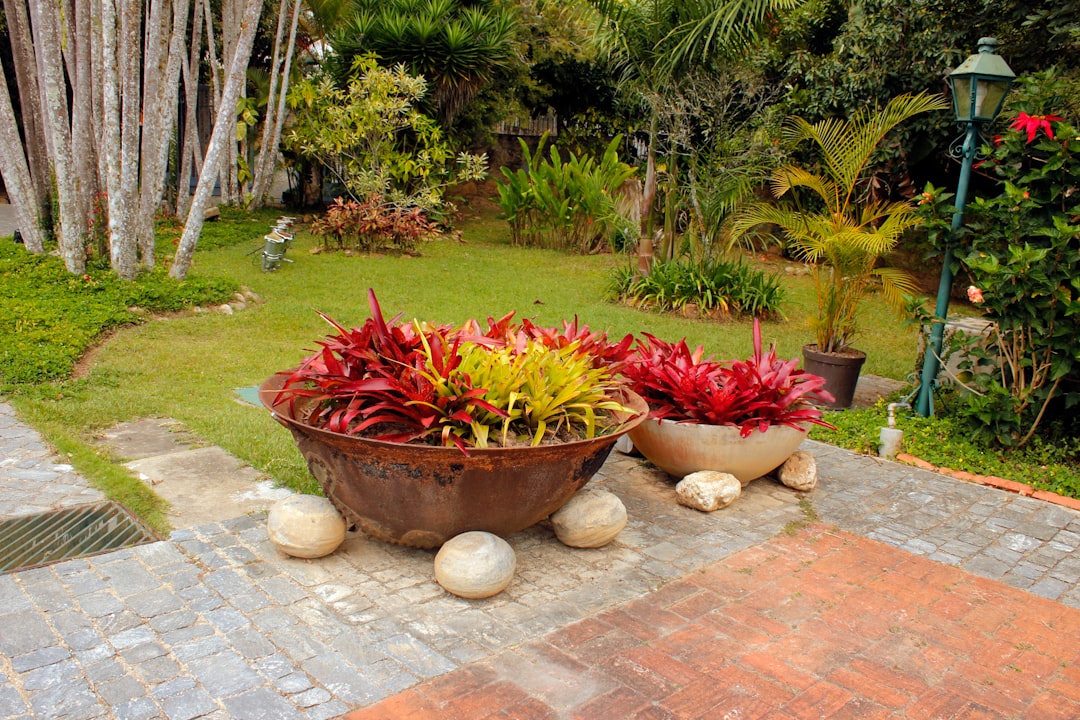The Secret of Hummingbird Feeders in Your Garden

For nature lovers and gardening enthusiasts, the presence of hummingbirds in the garden is a delightful sight. These tiny, colorful creatures bring life and energy to any outdoor space. However, one question that often arises is when to take down hummingbird feeders or if it's okay to leave them up during the winter. The answer to this question depends on where you live.
In regions with mild winters, it may be possible to leave hummingbird feeders up year - round. Some hummingbird species, such as the Anna's Hummingbird, are known to stay in areas with relatively warm temperatures during the winter months. By keeping the feeders up, you can provide these birds with a reliable source of food, especially when natural nectar sources may be scarce.
To ensure that the nectar in the feeders doesn't freeze, you can use special heated feeders. These feeders are designed to maintain a suitable temperature for the nectar, even in cold weather. Additionally, you can place the feeders in a sheltered location, such as near a south - facing wall, to protect them from the cold winds.
On the other hand, in areas with harsh winters, it's usually a good idea to take down the hummingbird feeders. When the temperatures drop significantly, the nectar in the feeders will freeze, making it inaccessible to the birds. Moreover, leaving the feeders up can attract unwanted pests, such as mice and raccoons, which may be looking for an easy meal.
So, how do you know when it's time to take down the feeders? A general rule of thumb is to start monitoring the hummingbird activity in your garden as the fall season approaches. As the days get shorter and the temperatures start to drop, the hummingbirds will begin their migration. Once you notice a significant decrease in the number of hummingbirds visiting the feeders, it's a sign that they are starting to leave.
It's important to clean the feeders thoroughly before storing them for the winter. This helps to prevent the growth of mold and bacteria, which can be harmful to the birds. You can use a solution of one part white vinegar to four parts water to clean the feeders. Scrub the feeders with a brush to remove any residue, and then rinse them thoroughly with clean water.
When spring arrives, it's time to put the hummingbird feeders back up. This is usually around the time when the first flowers start to bloom. By providing the feeders early, you can attract the returning hummingbirds and give them a head start on finding food.
When setting up the feeders, make sure to place them in a visible and accessible location. Hummingbirds are attracted to bright colors, so choose feeders that are red or have red accents. You can also hang the feeders near flowers that hummingbirds like, such as bee balm, salvia, and columbine.
Another important aspect of hummingbird gardening is to provide a variety of food sources. In addition to the nectar in the feeders, you can plant native flowers that produce nectar. This not only provides the birds with a more natural diet but also adds beauty to your garden.
Some native plants that are great for hummingbirds include trumpet vine, cardinal flower, and penstemon. These plants have tubular flowers that are perfect for the long beaks of hummingbirds. By creating a diverse garden, you can attract a wider range of hummingbird species and keep them coming back year after year.
In conclusion, whether you leave your hummingbird feeders up in the winter or take them down depends on your local climate. By understanding the needs of these amazing birds and taking appropriate steps, you can create a garden that is a haven for hummingbirds. So, go ahead and start planning your hummingbird - friendly garden today!